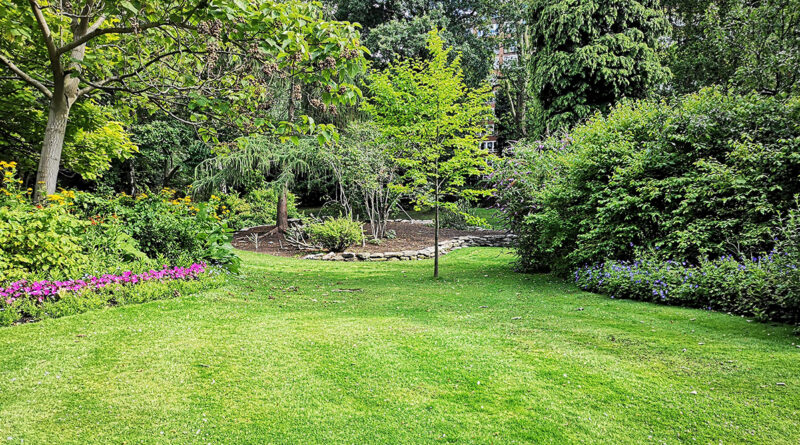Kill Your Lawn: Help Save the Planet And Some Money, Too
By: Quinn Olson
Your lawn is ugly.
It just doesn’t look good, even if it was sparkling emerald, devoid of dead patches and cropped to perfection, but it probably isn’t after 2023’s unprecedented summer.
The species of grass decorating your lawn simply isn’t made for relentless 100+ temperatures and southwestern droughts.
In fact, it is an artificial scene supplanted over the grave of a previous ecosystem that was uniquely shaped to survive here.
Traditional lawns have overtaken what was natural in favor of copy-and-paste patches of unwelcome grasses that negatively impact the environment.
Here in Texas, we just struggled through the hottest summer on record, and everyone’s precious lawns are looking dismally brown with decay, even my father’s own prized, classically “Park Cities” landscaping. Because it doesn’t matter how hard you try to keep the grass alive, it’s specialized for a faraway region, not your front yard.
Could you put a number on how many gallons of water and hundreds of dollars you’ve wasted trying to keep a doomed lawn alive?
Lawns are also devastating for local ecosystems. The use of just a few grass species decimates biodiversity, one of the most effective indicators of a region’s ecological health.
Matthew Wills, who is published in Huffington Post and Nature Conservancy Magazine, finds that “American homeowners use up to 10 times more chemical pesticides per acre on their lawns than American farmers do on their fields,” most of which is wasted due to misapplication.
Additionally, packed soil leads to runoff: When delivered into our water systems, pesticides poison unintended targets and fertilizers can cause algal blooms.
The necessary machinery has negative effects, too. The United States Environmental Protection Agency warns that lawn maintenance equipment “is a source of high levels of … hazardous air pollutants … and carbon dioxide.” Millions of gallons of fuel is spilled annually intended for lawn-related use.
We don’t have to keep doing this. It’s killing our wallets, and more importantly, our planet.
Luckily, there’s a simple alternative. It may not seem like it when we’re in the thick of urban living, but there used to be plants here, plants that were naturally selected for years for each ecosystem around the world. Incorporating native plants solves many problems with the traditional American lawn. They’re biologically prepared for the climate of their native region. That means the plants thrive while you save on water, pesticide, and fertilizer costs.
Even on its official website, the town of Highland Park encourages residents to “replace herbaceous perennial plants with native plants.” Native lawns eliminate the need for chemical additions, reducing runoff.
Instead of harming the ecosystem, they’re a haven for many species, fostering biodiversity and nurturing the region. Understandably, one may hesitate at the thought of planting a native lawn. Cultivating a habitat directly in front of your house is bound to attract animals and insects, some of which may be dangerous or a nuisance.
There are also legal obstacles such as HOA or city ordinance limitations, that prohibit lawns with what is perceived as “unruly” native foliage.
I recognize these concerns as valid, but they are no reason to give up. Planting just a few native plants, instead of re-landscaping entirely, is a more approachable and legal way to implement this solution. Small steps are better than complete inaction, despite how insignificant their impact feels.
Lawns may seem like an arbitrary thing to target, but they’re connected to a greater issue of global health. It’s true that wide-spread change is necessary, but this close-to-home, often-overlooked factor is a good place to start.
So, to everyone who owns a lawn, is sick of the cost, and cares about the planet (just a little!): grab a shovel and give that lawn a facelift.
Quinn Olson is a Highland Park High School student in the Moody Advanced Professional Studies (MAPS) Modern Media class. Recently, the class was tasked with writing an opinion piece, and Olson won the class competition judged by the teacher Brandon Jackson and the MAPS leadership team. This column was originally printed in “The Good Life.”









